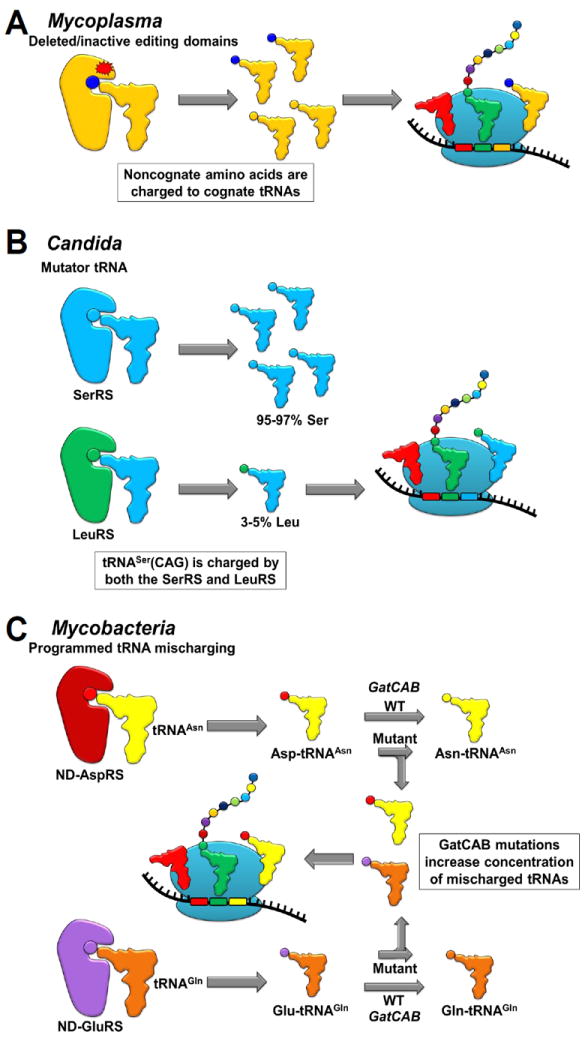Figure 2. Naturally ambiguous translation.

(A) Ambiguous translation in Mycoplasma species results from lost or inactive editing sites in several tRNA synthetases that allow noncognate amino acids to be charged to tRNAs. (B) Ambiguous translation occurs in Candida species due to tRNASerCAG being recognized by both SerRS and LeuRS and resulting in CUG codons being translated as both Ser and Leu. (C) Ambiguous translation in Mycobacteria results from an indirect tRNAAsn and tRNAGln synthesis that requires mischarged tRNA intermediates, which can be used in translation. Mutations in the GatCAB complex, which generates correctly acylated tRNAAsn and tRNAGln from the mischarged tRNA intermediates, increases Asn-to-Asp and Gln-to-Glu mistranslation.
